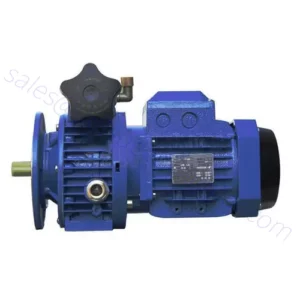In the context of a consistently variable transmission (CVT), which is a sort of transmission that offers seamless and stepless variation of equipment ratios, the conditions “variator roller” and “variator slider” refer to different kinds of parts employed in the CVT procedure. These parts participate in a essential purpose in adjusting the equipment ratio and transmitting energy from the motor to the wheels. Here is the change amongst them:
1. Variator Roller: Variator rollers are cylindrical factors that are generally made of metal or composite materials. They are put in the major or enter pulley of the CVT. The principal pulley has a pair of conical sheaves that appear with each other or go apart primarily based on the place of the China variator exporter rollers. The rollers are positioned among the sheaves and are able of going radially in reaction to centrifugal forces and strain adjustments.
When the motor velocity will increase, the centrifugal pressure acting on the variator rollers leads to them to transfer outward, which final results in a improve in the successful diameter of the main pulley. This, in transform, alters the gear ratio of the CVT, allowing for for smooth and constant variation of the transmission ratio.
2. Variator Slider: Variator sliders, also regarded as variator footwear or blocks, are flat or a little bit curved parts that are typically made of steel or composite products. They are applied in the secondary or output pulley of the CVT. The secondary pulley performs in conjunction with the main pulley to regulate the gear ratio.
The variator sliders are located among the movable sheaves of the secondary pulley. When the main pulley’s variator rollers drive towards the sliders, they induce the movable sheaves to shift, altering the productive diameter of the secondary pulley. This adjustment of the secondary pulley’s diameter alterations the equipment ratio of the CVT, enabling easy velocity variation.
 In summary, the principal variation involving variator rollers and variator sliders in a CVT lies in their shape and locale inside of the transmission process. Variator rollers are cylindrical parts positioned in the principal pulley, while variator sliders are flat or a bit curved factors situated in the secondary pulley. The two factors do the job in tandem to change the equipment ratio of the CVT and supply seamless pace variation.
In summary, the principal variation involving variator rollers and variator sliders in a CVT lies in their shape and locale inside of the transmission process. Variator rollers are cylindrical parts positioned in the principal pulley, while variator sliders are flat or a bit curved factors situated in the secondary pulley. The two factors do the job in tandem to change the equipment ratio of the CVT and supply seamless pace variation.
